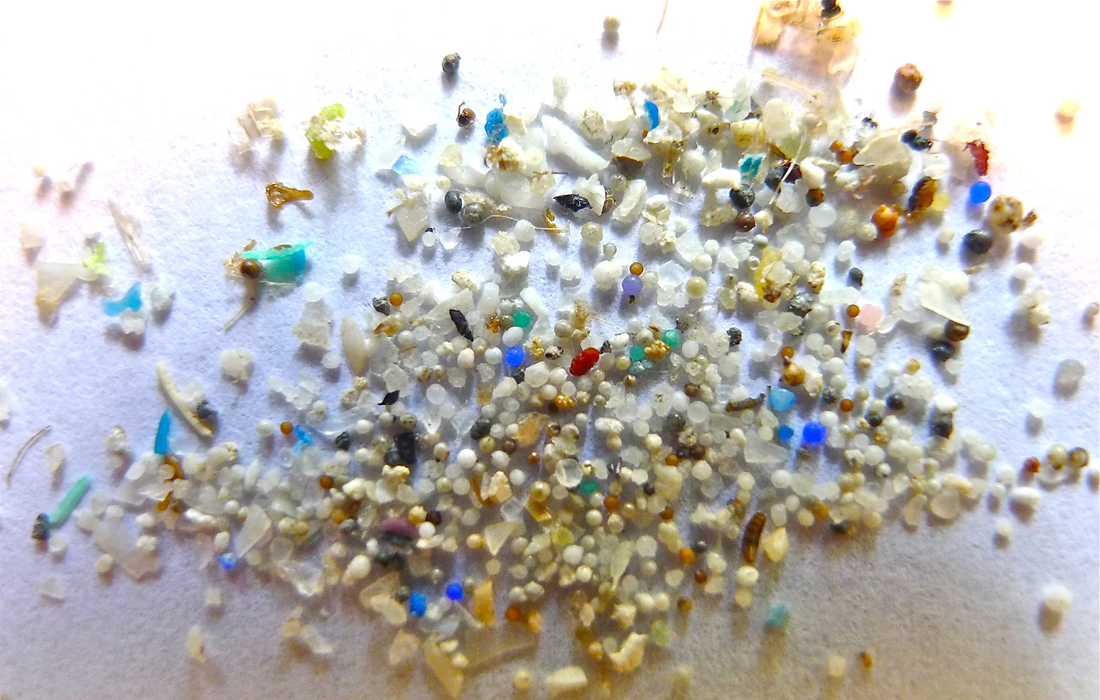Regenerative Medicine News and General Information
New Study Finds We are Ingesting Microplastics at Alarming Levels
Humans are exposed to microplastics (MPs) daily via ingestion and inhalation. It is not known whether this results in adverse health effects and, if so, at what levels of exposure.
Microplastics are fragments of any type of plastic less than 5 mm in length. They cause pollution by entering natural ecosystems from a variety of sources, including cosmetics, clothing, and industrial processes.
They can also form due to the mechanical and environmental degrading of plastics and by condensation through the heating or burning of plastics in the atmosphere. Researchers have found MPs everywhere: in the deep ocean, Artic snow, and Antarctic ice. Seafood, table salt, and drinking water also contain high amounts of MPs.
New Study Findings
A study published in the Journal of Hazardous Materials was conducted by researchers at the University of Hull and Evangelos Danopoulo in York, United Kingdom.
The study focused on 5 variable effects of MP contamination on human cells. including:
- Survival or death of the cell.
- Effect on the cellular immune response.
- Ability to penetrate the cell wall.
- Level of cellular damage.
- Ability to alter cell genetic structure.
Their analysis showed the first four effects to impact cell death, and also that cell survivability depends on the MPs’ shapes with irregularly-shaped MPs being the most harmful and causing possible cell death.
The focus of the study was to evaluate the contamination of familiar environmental sources with MPs and how they can cause cellular harm when humans consume high amounts of substances originating from these sources.
Most Common Sources of Human Exposures
According to the study, the most common sources of human exposure to microplastics are:
- Seafood. MPs have contaminated all aspects of the marine environment, including seafood.
- Table salt. Different types of salt found in the environment can contribute to human cell toxicity depending upon exposure, which includes: sea salt, lake salt, rock salt, well salt. The degree of contamination varies significantly between these environmental sources, but analysis of human exposures to each confirmed that salt carries MPs.
- Water. Different studies confirm that both tap and bottled drinking water are sources for introducing MPs into the human body.
The study suggests that future attempts at MP mitigation in the environment may be necessary for human safety.
Source:
Marybeth Gallagher, RN (2021, Dec 20). We are ingesting microplastics at levels consistent with harmful effects. Medical News Today. Retrieved from:
Image from:

